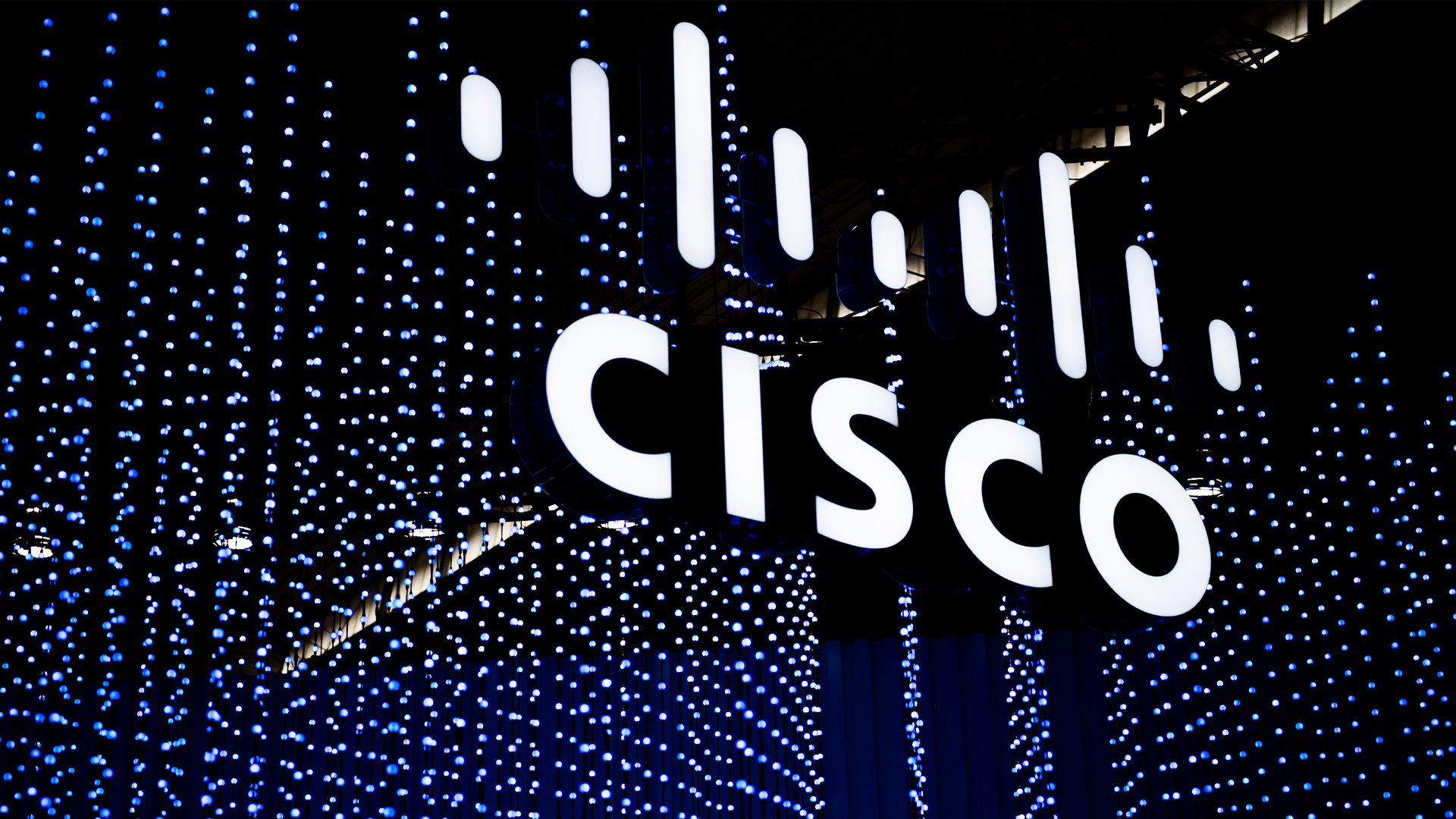Three lessons COVID-19 has taught the channel
Strong community ties, appreciation for rewards and continued innovation are crucial to succeeding in these trying times

Although COVID-19’s true effects on channel operations have yet to be understood, vendors, resellers and distributors everywhere have felt the strain. Facing the necessity to pivot to entirely new ways of doing business, all while remaining operational, profitable and ambitious for the future has been no mean feat.
As the IT industry begins to draw back the curtain on life post-pandemic, now is the time for the channel to evolve from surviving to thriving once more. Since every cloud has a silver lining, there’s value and wisdom to be found in viewing some of the toughest challenges of the last year as lessons from which experience, insight and, ultimately, expertise can be learnt. There are three areas that are among the most important:
Strong community matters
Across societies globally there were examples of communities banding together in the face of the crisis: in the UK, The Office of National Statistics (ONS) reported that in May 2020, three in four adults said they thought people were doing more to help others since the pandemic. Although individuals were physically separated from one another, community spirit brought everyone closer together to navigate challenges along the way.
People had to learn to adopt new working patterns. In the channel, this was a pivotal change as all meetings, presentations and training that would usually occur face-to-face moved online. Vendors had to innovate to continue delivering the service levels their partners expected, and virtual sales required investment like never before. Partner programmes had to be updated and supporting resources had to be provided so vendors and partners could continue to generate demand together.
It was especially important for vendors to take care of their distribution partners, who had to play a critical and monumental role throughout the pandemic. They had to ensure high levels of inventory at all times and guarantee that critical infrastructure components and solutions could get to where they needed to be at the right time. Overall, it was up to vendors to align their sales organisation with their partners to create and drive a strong community that could learn from each other and grow side by side.
Appreciation and reward is always gratefully received
The pandemic was a lesson in how to band together to defeat a worldwide problem. We all had to rely on our leaders, schools, researchers, peers and more, to work together, from teachers who had to pivot to online teaching to the incredible efforts of pharmaceutical companies. There are many areas of society and economy that deserve immense appreciation, and in business, too, organisations have been working harder than ever by reinvesting incentives to continue to profit, deploying more staff and always striving to do more.
In the channel, it was important to focus on speed and agility and capture new opportunities as quickly as possible. Successful vendors, therefore, should invest in tools to improve the partner experience and to reduce the cost of doing business with them.
ChannelPro Newsletter
Stay up to date with the latest Channel industry news and analysis with our twice-weekly newsletter
An integrated deal registration program that is unified with upfront discounts makes it easier for partners to register deals and quote customers. Furthermore, velocity pricing can provide everyday low pricing for customers who are looking to buy just a few units at a time – to update an existing network or add a branch office, for example. This approach allows transactions to happen quickly without having to wait for special pricing approval from vendors, which decreases time to market and allows partners to operate with much more velocity (not to mention happier, more productive customers).
In any strong relationship, transparency is key. By continuously feeding back between vendor and partner, not only can each learn from the other, but the mutual bond is strengthened. By providing bold incentives to support resellers and distributors, vendors and their partners can win together.
Continued innovation is a competitive advantage
One unfortunate reality of the pandemic is that some social industries, such as tourism and hospitality, have experienced immense strain, with some organisations liquidating as a result. Retail has largely been able to adapt due to the hybrid nature of the business, with online opportunities outweighing the challenges of physical stores. Other sectors have navigated this tumultuous landscape, as changes in society – like the popularisation of remote working – have caused greater demand for their business.
The IT industry experienced this rise in the need for its services, and it was up to vendors to continue to provide their partners with cutting-edge technology to make their services valuable. It was important that vendors endeavoured to keep innovating to remain competitive and serve their customers. This allowed partners to take advantage of high levels of demand and capture opportunities as quickly as possible, even despite difficult circumstances.
Learning a valuable lesson
Throughout the pandemic, the IT industry and the channel which helps to carry it has faced numerous challenges, helping many companies survive mass migrations to remote working, as well as realising the modernisation, digitalisation and transformation journeys of others. It’s those vendors who have focused on prioritising the magic formula of strong partnerships, attractive rewards and cutting-edge technology that have kept the best position in the channel and maintained the strongest relationships with their partners. And the expertise gleaned from these experiences can be carried through into the post-pandemic world to keep vendors and partners winning together, ultimately delivering the best experiences for users.
Sander Groot is head of channels EMEA at Juniper Networks
-
 Asus ZenScreen Fold OLED MQ17QH review
Asus ZenScreen Fold OLED MQ17QH reviewReviews A stunning foldable 17.3in OLED display – but it's too expensive to be anything more than a thrilling tech demo
By Sasha Muller
-
 How the UK MoJ achieved secure networks for prisons and offices with Palo Alto Networks
How the UK MoJ achieved secure networks for prisons and offices with Palo Alto NetworksCase study Adopting zero trust is a necessity when your own users are trying to launch cyber attacks
By Rory Bathgate
-
 Cisco names Oliver Tuszik as global sales chief
Cisco names Oliver Tuszik as global sales chiefNews Cisco has announced the appointment of Oliver Tuszik as its new executive vice president of global sales, who replaces Gary Steele.
By Daniel Todd
-
 Katun targets accelerated growth, greater collaboration with new partner portal
Katun targets accelerated growth, greater collaboration with new partner portalNews Printing and imaging specialist Katun has announced the launch of its new Katalyst Partner Portal, designed specifically to drive channel collaboration.
By Daniel Todd
-
 ‘Here in the European market, I think we are in a good position’: DocuWare CEO Dr Michael Berger on the company’s rapid growth
‘Here in the European market, I think we are in a good position’: DocuWare CEO Dr Michael Berger on the company’s rapid growthNews ChannelPro sat down with DocuWare CEO Michael Berger to discuss the company's rapid growth and channel strategy.
By Bobby Hellard
-
 Group-IB launches partner program as channel-first strategy kicks off in Europe
Group-IB launches partner program as channel-first strategy kicks off in EuropeNews The vendor said the initiative reflects its commitment to building a resilient cyber security ecosystem across Europe
By Daniel Todd
-
 Datatonic eyes fresh growth drive with new CEO appointment
Datatonic eyes fresh growth drive with new CEO appointmentNews Datatonic has announced the appointment of Scott Eivers as its new CEO as the enterprise data and AI solutions provider looks to its next phase of growth.
By Daniel Todd
-
 Marketing talent brain drain could stunt channel partner success
Marketing talent brain drain could stunt channel partner successNews Valuable partner marketing skills are at risk of being lost as the structure of channel marketing teams continues to shift, according to new research.
By Daniel Todd
-
 LevelBlue launches new partner program that’s “built for the future”
LevelBlue launches new partner program that’s “built for the future”News The new partner initiative features a flexible, consumption-based model to help partners drive revenue
By Daniel Todd
-
 SonicWall pins ‘transformational year’ on strong partner growth
SonicWall pins ‘transformational year’ on strong partner growthNews The vendor’s channel-first strategy has fueled a 42% year-over-year increase in overall partner growth
By Daniel Todd